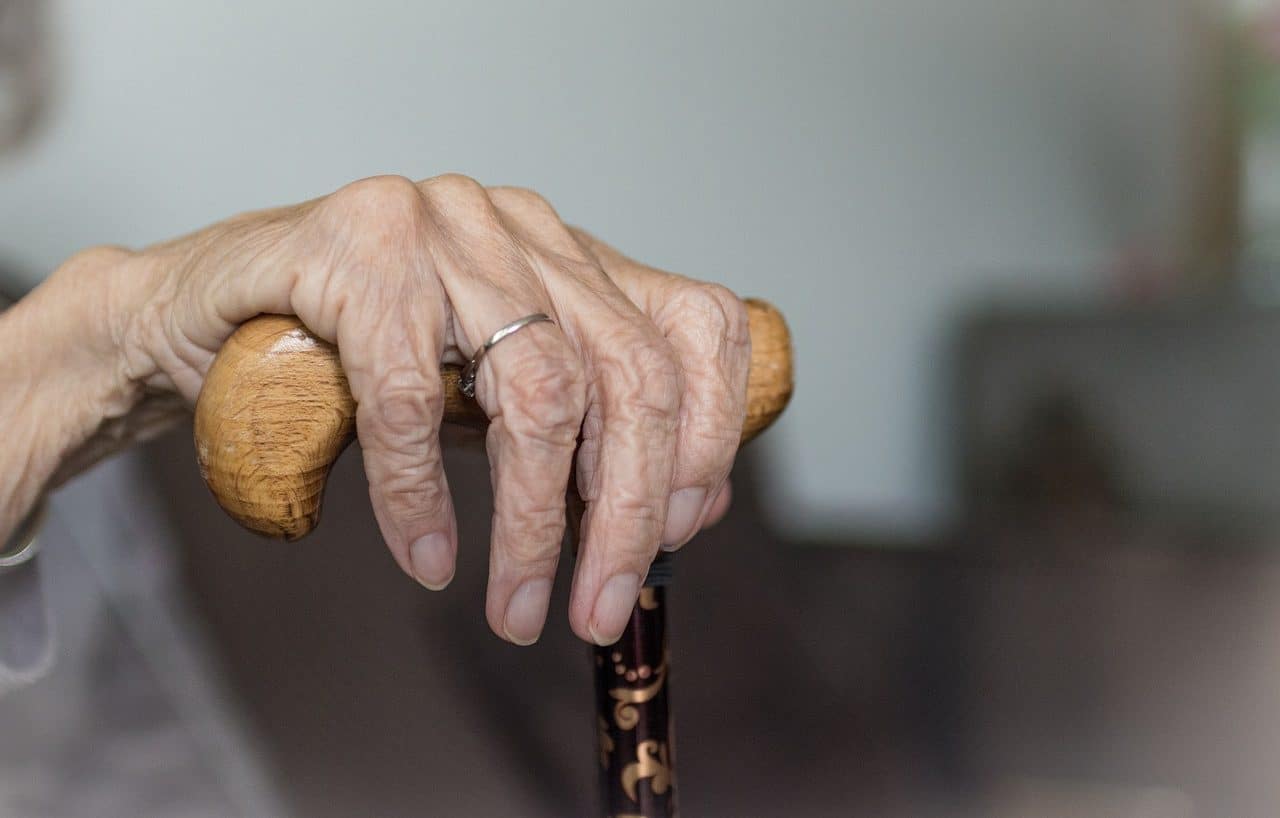
The cane offers walking support to older people or people with reduced mobility.
A cane is a type of stick that is used as support when walking . Although the etymological origin of cane is not clear, it is linked to the French word bâton and the Italian word bastone .
Description
Generally, the cane has a fist or handle (which is the part where it is held) and a tip (a piece located in the sector opposite to the fist). Whoever uses the cane to move maintains balance more easily.
Typically, the body or shaft of the cane is made of wood . The cuff, meanwhile, can be made of another material and have different ornaments, while the tip must be resistant and ensure fixation to the surface.
In urban environments, the cane is usually used by older adults and by people with some type of disability that makes their mobility difficult. In rural or rugged areas, due to uneven or steep terrain, many subjects use some type of stick as a cane to minimize the risk of falling.
Baton
Command batons have symbolic, and not practical, importance. They indicate the power of whoever wears them. In some cases, it refers to a ceremonial or authority object.
The baton is a decorative object used in ceremonies, formal events or by authority figures. It is usually richly decorated and may have symbolic meaning in the culture or institution to which it belongs. It is also used as a symbol of leadership.
as a weapon
In some martial arts, the staff is used as a weapon . An example is bōjutsu , where the staff known as a bō is used.
Various fighting techniques and styles have been developed that involve the use of the staff as a weapon . One can speak of "cane art" or "stick art." Eskrima, Kali, and Arnis , for example, are Filipino martial arts systems that focus on the use of batons and other blunt objects as weapons.
Eskrima practitioners typically learn to use short and long sticks , and focus on striking, blocking, and self-defense techniques. Eskrima training often includes the use of improvised weapons, such as handkerchiefs or belts.
The aforementioned bōjutsu (or bojutsu ) is a Japanese discipline that focuses on the use of a long wooden staff. It is taught in various martial arts schools, such as karate and kobudo. Bojutsu practitioners learn to use bo to strike, block, disarm, and control an opponent.
white cane
Blind individuals use a white cane that serves as identification and functions as a guide for autonomous movement. This cane was invented in 1921 by the Argentine José Mario Fallótica .
The white cane, also known as a guide cane or long cane , is primarily used to detect obstacles and signal the presence of a visually impaired person to others. It helps the user to explore their environment and move independently.

Blind people use the white cane to detect obstacles in their path.
It is usually made in white so that it is easily visible. When people see someone using such a cane, they may be more aware of their presence and provide assistance if necessary.
It has a length that can vary depending on the user's preferences, but is usually longer than a conventional cane. At the bottom, it often has a rubber or plastic tip to improve its sliding on different surfaces . Its use requires sweeping the ground (side to side) to detect obstacles such as steps, potholes or changes in the environment before moving forward.
